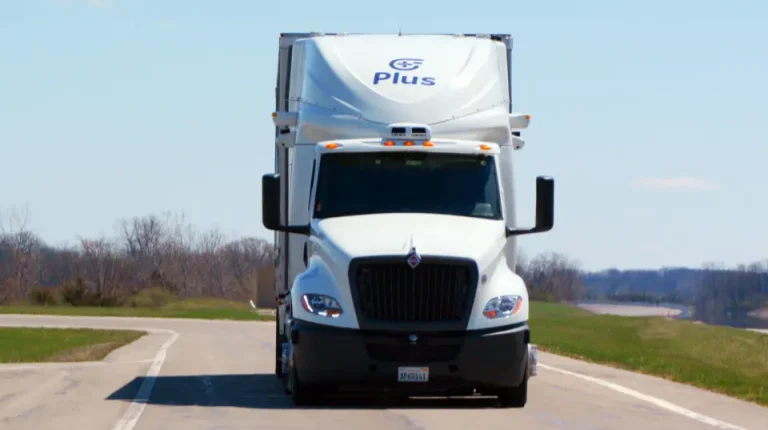Plus and Churchill Capital Corp IX (Churchill IX) have entered into a merger agreement. The transaction values Plus at a pre-money equity value of $1.2 billion, providing an attractive entry point for Churchill IX shareholders. It will provide up to US$300 million in gross proceeds to fund Plus through the expected commercial launch of its SuperDrive-enabled, factory-built autonomous trucks in 2027.
The transaction has been unanimously approved by the boards of directors of both Plus and Churchill IX, and is expected to close in the fourth quarter of 2025. Upon closing, the combined company will operate as PlusAI.
Michael Klein, chairman and CEO of Churchill IX, said, “Physical AI will be transformative across industries, and Churchill IX is excited to give public investors access to a leading company in the sector primed for AI-driven innovation. After evaluating many opportunities, we knew Plus was the right partner. Trucking is the backbone of the global economy but the industry faces a persistent driver shortage that autonomous trucking has the potential to solve. Broad adoption depends on confidence in vehicle performance and safety, and Plus stands out with its advanced virtual driver platform and a customer-centric commercialization model led by OEM partners. With a software-focused, capital-efficient model, Plus is well positioned to scale, and we’re excited to partner with their talented team to support the company’s next phase of growth.”
Physical AI for autonomous trucking
Founded in 2016, Plus set out to develop a virtual driver system. As an early adopter of the Autonomous Vehicle 2.0 paradigm, the company has replaced hand-coded software with AI models to enable scalable, adaptive autonomy for physical applications.
The driving intelligence platform uses data and generative AI models, and includes features such as auto-labeling, model distillation and highly optimized in-vehicle neural networks.
Plus’s self-driving system, SuperDrive, features a three-layer redundancy architecture and is purpose built to autonomously operate heavy commercial trucks. The company is currently conducting public road testing in Texas and Sweden, with additional customer fleet trials scheduled for autumn 2025.
OEM-led strategy
Plus’s go-to-market strategy involves integration with established global commercial vehicle manufacturers, including Traton Group, Hyundai and Iveco. These partnerships are intended to support the production, validation, delivery and servicing of autonomous trucks equipped with Plus’s virtual driver technology.
Supporting this model are strategic collaborations with key industry players such as DSV, Bosch and Nvidia, which are working alongside Plus and its OEM partners to accelerate the rollout of autonomous capabilities to commercial fleets.
Plus says it is targeting the commercial launch of SuperDrive-enabled, factory-built autonomous trucks in 2027, beginning in the US and then expanding into Europe.
David Liu, co-founder and CEO of Plus, added, “Since founding Plus in 2016, we have made significant progress in building advanced AI technology to enable safe and scalable autonomous trucking. From applying learnings from early deployments to forging trusted OEM partnerships, we believe that we are well positioned to deploy a leading virtual driver and deliver it to market through factory-built trucks supported by global vehicle manufacturers. Our long-term vision is to empower fleet operators to run global freight networks with autonomous vehicles that improve safety, enhance efficiency and reduce costs. We believe the industry is at a critical inflection point, driven by breakthroughs in AI, supportive regulatory momentum and ecosystem readiness.
“I’m incredibly proud of the team’s accomplishments to date and confident that, in partnership with Churchill IX, we can accelerate our mission and create significant value for shareholders by scaling with disciplined execution. This transaction provides access to capital and strategic support that will help us advance our product roadmap, execute our development and commercialization strategy, and deliver a transformative logistics solution to one of the world’s largest and most essential industries.”


